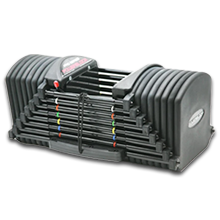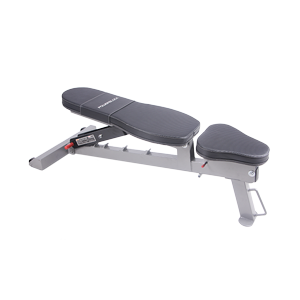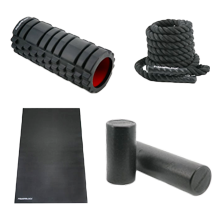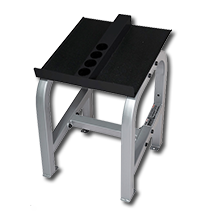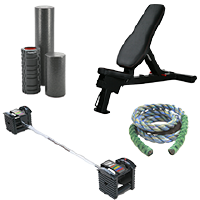Benefits of Lifting Weights
Benefits of Lifting Weights: Weight Loss and Burning Fat
Long known as the gold standard for building muscle, weight lifting’s fat-burning properties have been relatively undervalued when compared to cardio-centric training options like high-intensity interval training (HIIT). However, there are many scientifically proven weight-loss benefits to lifting weights. In this overview, we’re focusing on how weight lifting can help simultaneously achieve two common fitness goals: losing weight and burning fat. Let’s look at how PowerBlock™ adjustable dumbbells can help you on your fitness journey.
1. Weight Loss
Most people think of running, biking and other cardio activities as the best options for shedding pounds. But lifting weights can be better for losing weight. Although cardio burns more calories during the workout, weight-lifting is better for building muscle – and muscle tissues burn more calories at rest than fat tissues. As such, lifting weight raises resting metabolism so you’re using more calories during non-workout time.
Furthermore, following an intense weight-lifting or resistance-training session, the body’s base metabolic rate (BMR) can remain elevated for up to 48 hours. In other words, you’re burning a lot more calories after the workout. Conversely, your BMR returns to normal pretty soon after a cardio workout is done. Because of these factors, a regular weight-lifting program can burn more calories overall than a regular cardio program, which means more weight loss.
2. Burning Fat
Strength training can also be more effective than cardio at burning fat tissue. Part of this is because of the overall metabolism increase. Another reason is that weight-lifting exercises often target several muscle groups at once, which maximizes calorie burn. This is especially true of dumbbell workouts because you’re using your arms, legs, core and other muscles to stabilize the weights.
Finally, weight lifting can literally change the inner workings of your cells. A recent study found that following a workout, muscles release special bubbles of genetic material into the bloodstream. These bubbles jump-start the fat-burning and metabolizing process. In other words, the simple act of lifting weights can immediately start burning fat cells even before you’ve been doing it long enough to start building strength.
How Often Should I Lift Weights?
According to the American College of Sports Medicine (ACSM), most people need to engage in at least 150 minutes per week of moderate to vigorous physical activity to produce weight loss. To achieve this, we recommend splitting up those 150 minutes into 3 to 5 weight-lifting sessions per week.
If you’re on the lower end (3 workouts per week), focus on longer full-body workouts with a lot of compound exercises that work multiple muscle groups. If you’re doing 5 workouts a week, do shorter workouts that target specific muscle groups. Focus on different muscles in each workout so the other groups have adequate recovery time.
We also should remind you not to do “too much, too soon,” as overtraining is a leading cause of fatigue and injury. Start with 2 or 3 short, moderate sessions per week and gradually build your way up. It’s the safest way to accomplish long-term weight-loss goals.


